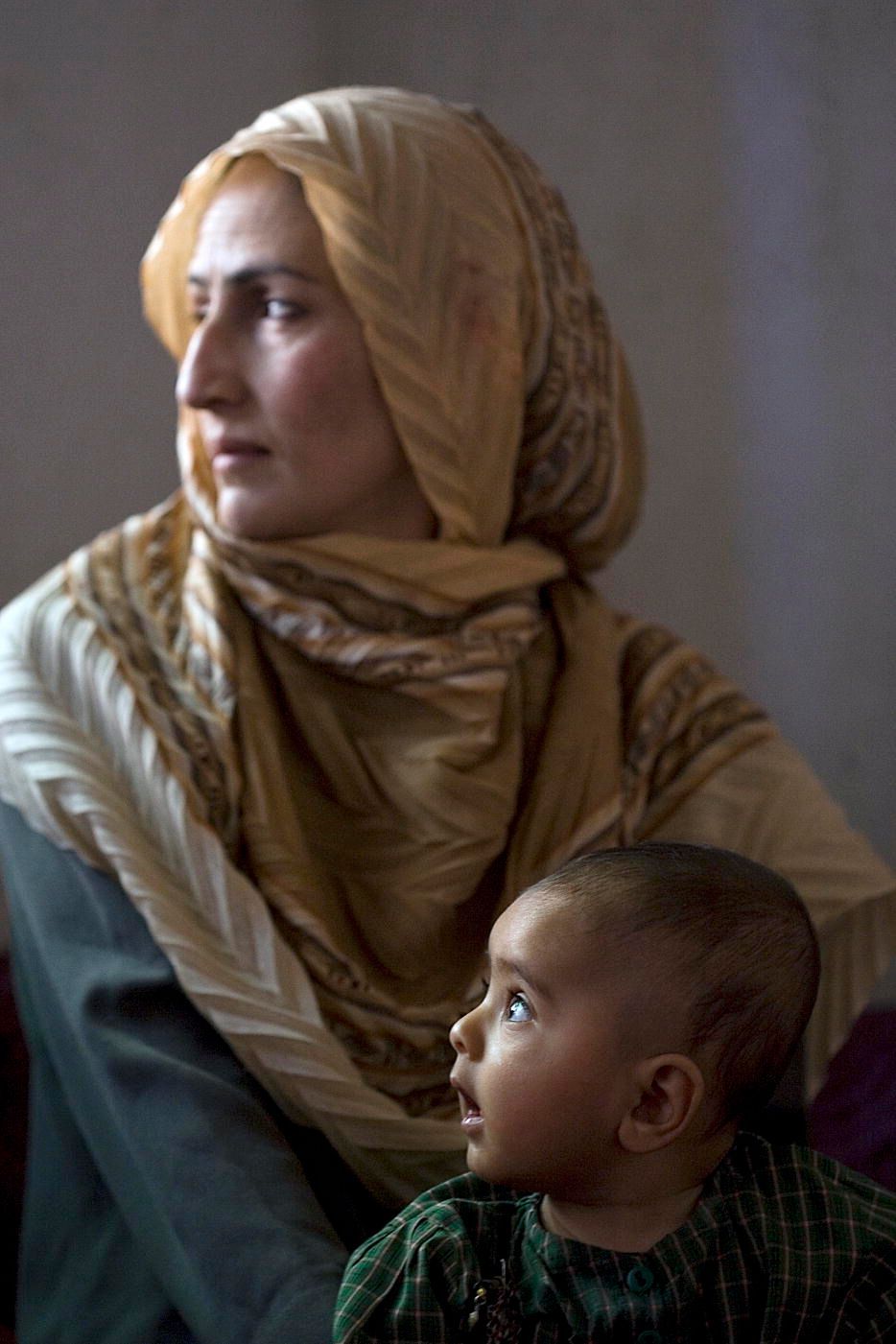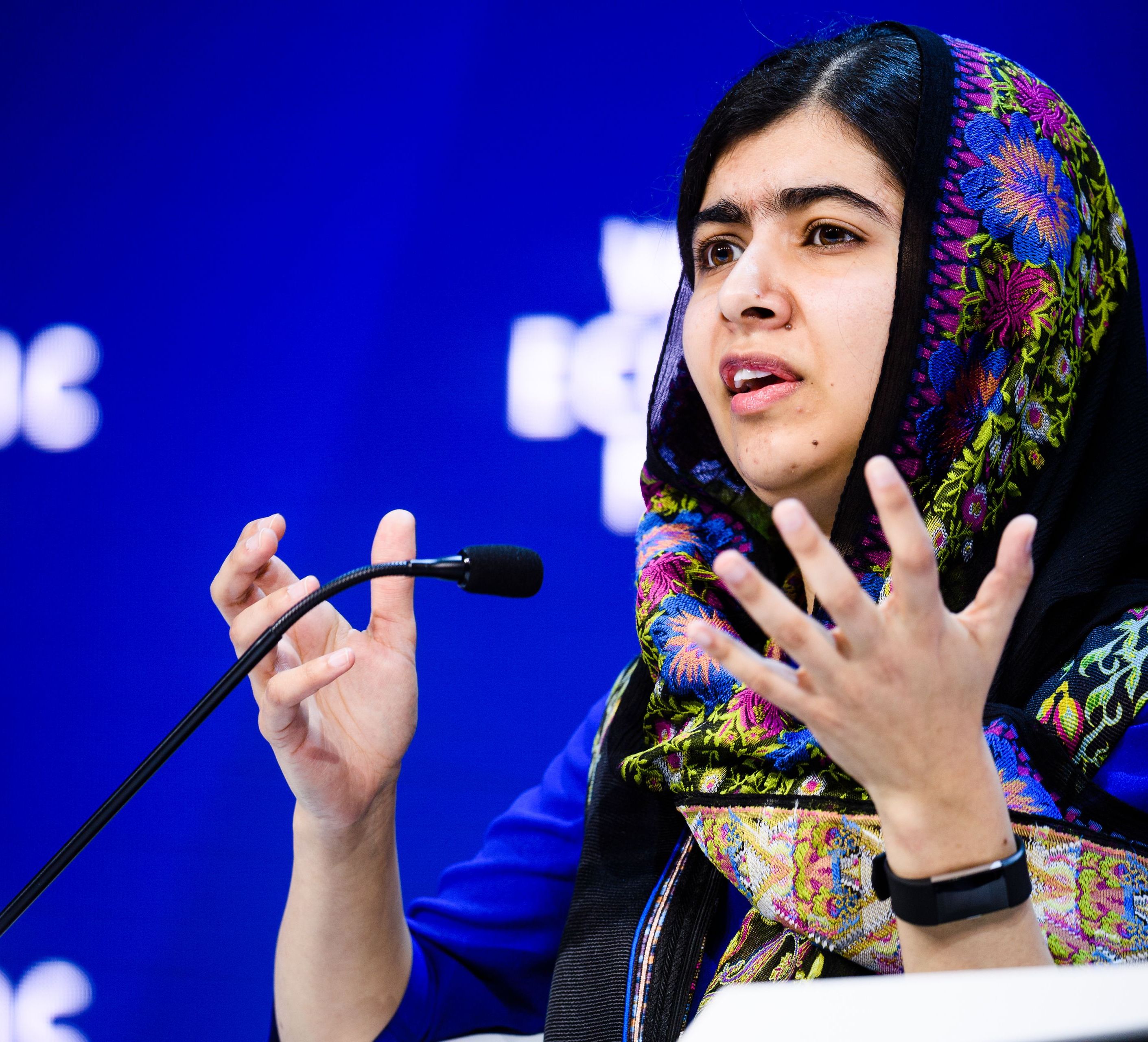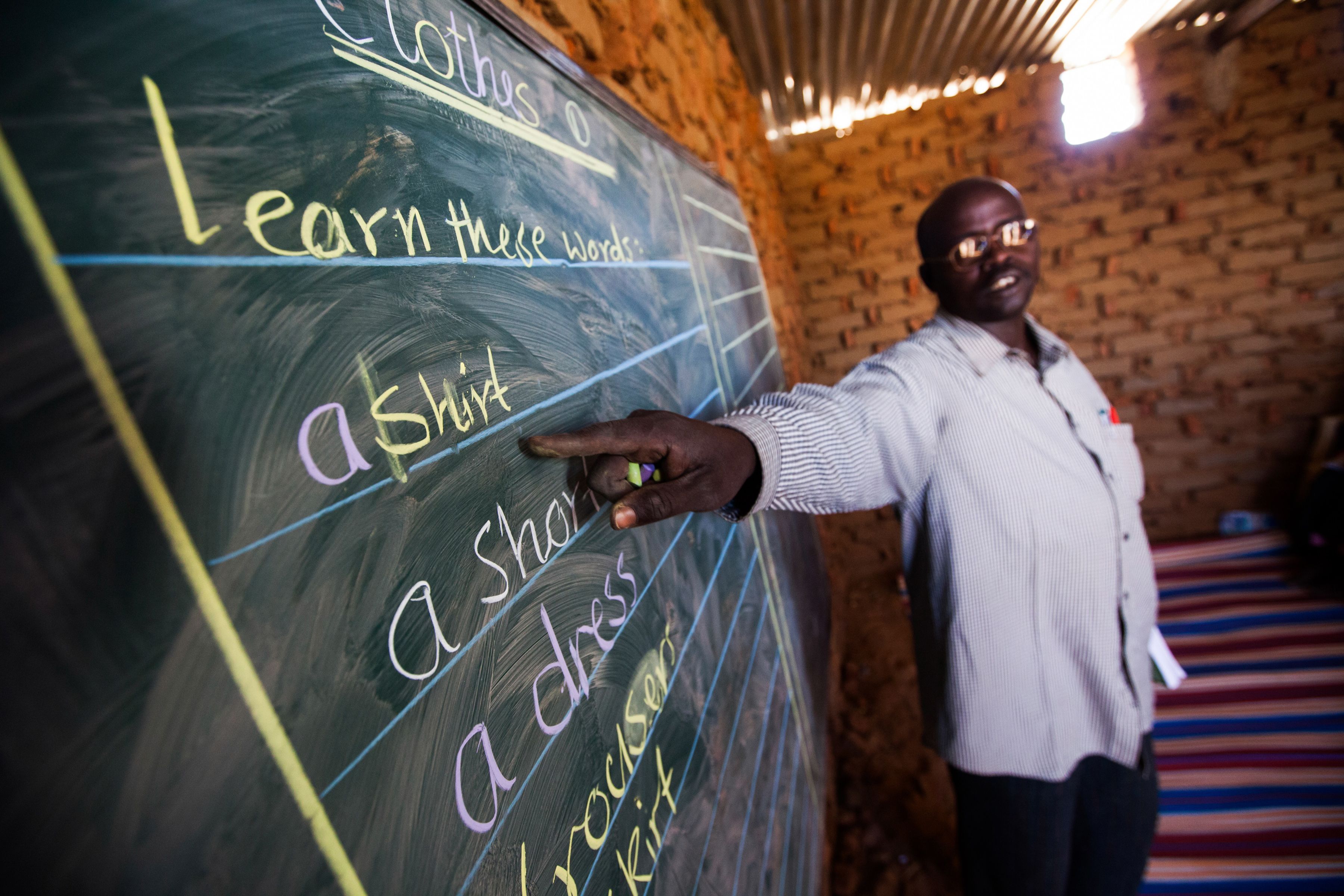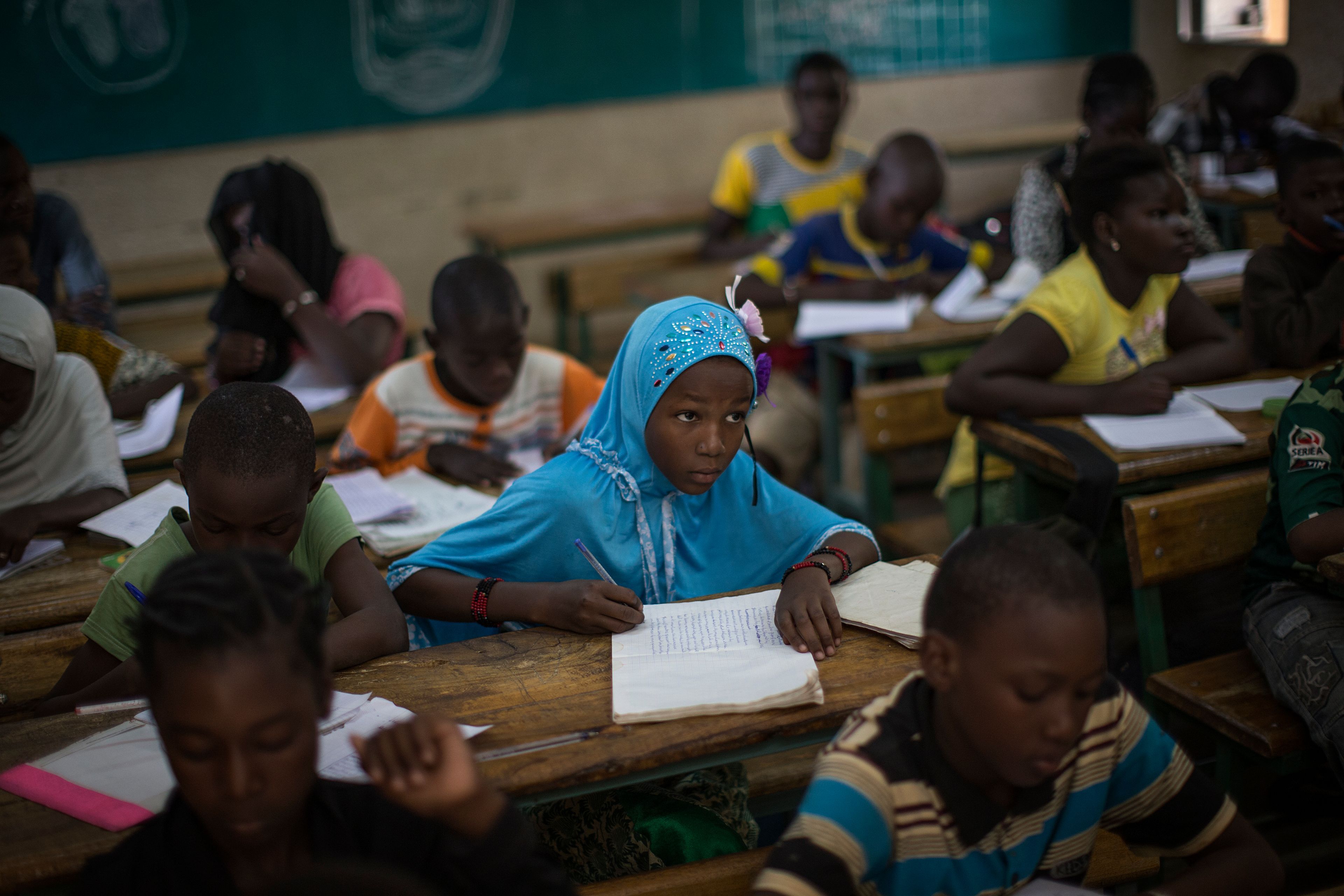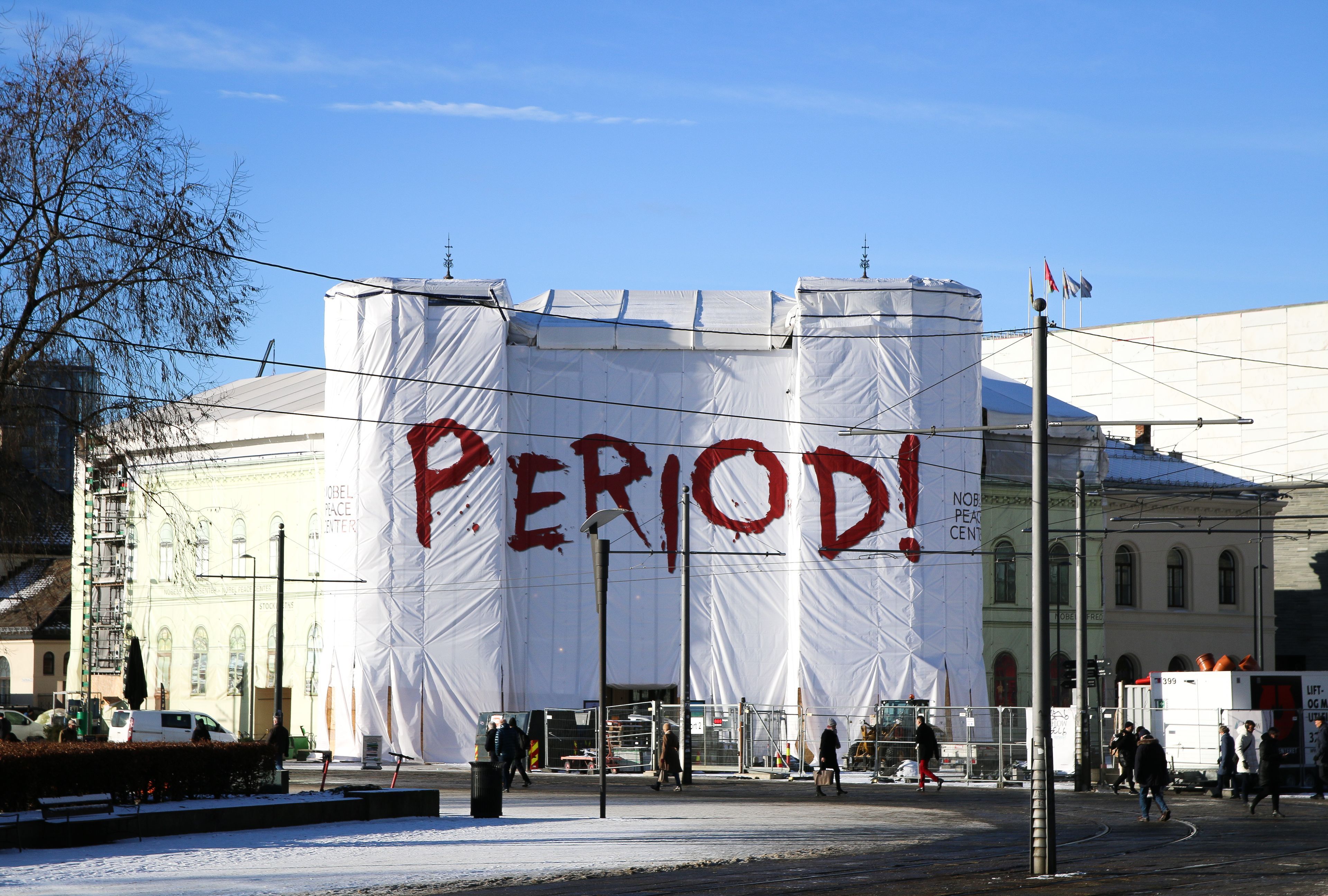When period poverty has become an accepted term – we've got a problem
In many parts of the world, talking about menstruation is a normal process, and the topic is explained both at home and at school. Unfortunately, this is not the case for a large part of the world’s inhabitants.
On any given day, more than 800 million people have their period. Globally, 26 percent of the total population is of reproductive age, and for these women and girls, menstruation is a natural and reoccurring reality. However, no matter how occurring it is, the subject of the period is still ridden with shame and taboo.
A Global Problem
When period poverty has become a coined and well-established term, we need to realize that we have a problem. Period poverty describes the struggle many low-income women and girls face while trying to afford menstrual products. The term refers to the increased economic vulnerability people face due the financial burden posed by menstrual supplies. These include not only sanitary napkins and tampons, but also related costs such as pain medication and underwear.
In countries like Ethiopia, Nepal, India, Afghanistan, and the UK, menstruation is still connected to shame and stigma, but on different levels. In Ethiopia, period is still considered taboo. The subject of menstruation is generally not taught in schools, and most girls never discuss it with other people. On top of that, sanitary products are often too expensive and unavailable.
75 percent of Ethiopian women and girls do not have access to menstrual supplies in order to manage their periods, and 25 percent of girls do not use any menstrual products during their periods –usually due to the high cost. In countries like Malawi, sanitary pads can cost an entire day’s salary.
"The fact that most girls don’t attend school when they are menstruating is a major hindrance to the progress of women in our society."
Ethiopian girls who cannot afford the necessary products use dry grass, rags, newspapers, and sometimes cow dung as homemade alternatives. The results, as you can imagine, are not great. Because many Ethiopian girls are not able to manage their periods while at school, 17 percent have missed classes during their periods. In some rural areas, this increases to almost 50 percent.
According to the UN Educational, Scientific and Cultural Organization (UNESCO), in Nepal and Afghanistan, 30 percent of girls miss school during their periods. In India, more than 20 percent of girls drop out of school completely after reaching puberty, and in some areas in India, the number is closer to 4 out of 5 girls.
"Almost half the world’s population menstruates for an average of 40 years, so both girls and boys should be taught that periods are normal. Like so many things, the answer is education."
Period poverty does not only affect people in some so-called “developing countries”; it also affects people in wealthy, industrialized countries. In the United Kingdom, 10 percent of girls have been unable to afford sanitary products, according to Plan International UK. In Ireland, more than 80 percent said they did not feel comfortable talking about their periods with their parent or teacher.
Shame and Chhaupadi
Menstruation restrictions, shame and taboo are often tied with socio-cultural and religious traditions. Some Hindu communities in Nepal believe that menstruating women bring bad luck, and banish girls and women to a chhaupadi – a menstruation hut. The age-old tradition of isolating girls in unheated menstruation huts was outlawed in Nepal in 2005, but the tradition persists not only in Nepal, but also in the Ethiopian highlands. Local superstition keep the tradition alive – the superstition surrounding the period prevents menstruating girls from going to school, looking in the mirror, trimming their nails or touching flowers and fruit, or drinking water.
A Social Issue
The lack of educated conversations about menstruation and period poverty is not only an economic issue, but a social and political one. In general, girls are less likely to graduate from secondary school than boys. According to UNESCO, 130 million girls are out of school worldwide — there are of course many reasons for this, but periods play a major role. The United Nations’ global education goal, the SDG 4, pledge to “ensure that all girls and boys complete free, equitable and quality primary and secondary education.” The goal is to eliminate gender inequalities in education by the year 2030 – unfortunately, we still have a long way to go. Even though countries have pledged to implement the SDG4, we should ask ourselves; why isn’t funding for sexual and reproductive health and rights already an international priority?
"It doesn’t rank with the same level of importance because it affects women and girls and oftentimes the decision makers are men."
We all, including governments and people in power, have the responsibility to take care of women and girls in a respectful and inclusive matter. Existing curriculum and teaching materials needs to be updated and changed to align with the proper requirements needed in order to provide a proper health education. We need to educate teachers and parents on puberty and health, and provide them with skills-based knowledge to fight stigma and shame connected to menstruation.
According to the Nobel Peace Prize Laureate of 1965, UN’s Children’s Fund (UNICEF), girls who remain in secondary school are six times less likely to marry young. In Sub-Saharan Africa and South and West Asia, child marriage would decrease by more than 60 percent if all girls had secondary education.
When a girl finishes secondary school, she is also less likely to face domestic abuse. Educated women and girls are more likely to have fewer, but healthier children, who are then more likely to get an education and pull themselves out of poverty. UNICEF envisions a world where a period does not create stress, shame or any unnecessary obstacles for girls and women. And so do we. Period.
Last updated: 13.02.2020
___________________________________
The Nobel Peace Center decided to use the ongoing upgrade and construction-site to promote dialogue around the issue of menstruation, and to create awareness about the stigma and shame linked to girls and women's health.
The cover-photo is named “Star Shine Moon Glow” by Aida Muluneh. The photo is part of the collection Water Life, and is included in the 2019 Nobel Peace Prize Exhibition, showing the impact of water access on society, and on women in particular. This photo symbolizes the hindrance many girls and women meet due to lack of bathrooms in schools.
If you have any comments or thoughts about this issue, or just want to talk to us, please contact Communication Advisor Njål Frilseth, nf@nobelpeacecenter.org.
Share:
